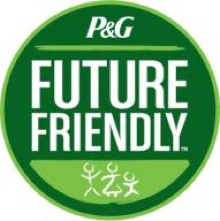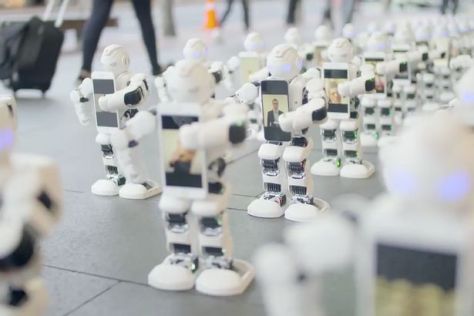
Supply chain as well as warehousing has always been viewed as an important cost for a business and too often being sustainable even more. Nowadays being eco-friendly is becoming more and more important and people, as well as big companies, started paying attention to the topic since the costs are now accessible. There is not anymore, the need to sacrifice profitability to achieve sustainability, companies need the partnership and collaboration of their supply chain.
For example, since 2002, Procter and Gamble has more than halved the impact it has on the environment across energy usage, CO2 emissions, waste disposal and water usage. All these operational results have led to nearly 1 billion dollars in cost saving. This company managed to create a win-win situation with all their partners. The levels of collaboration across the industry on sustainable logistic are ever-increasing and the retailers of the EU are leading the way in this field. This helped a lot the organization of P&G in EU.
As stated in the website of the company itself the suppliers of this company are critical partners in improving the environmental sustainability of the end-to-end supply chain. Since 2011 the External Business Partner Sustainability Scorecard has driven transparency and collaboration in their supply chain. They use more bio-alternative materials, sustainable packaging, renewable energy and logistic setups.
P&G recognize the link between gas emission and climate change therefore decided to act also in this field. The company in 2007 set the target to reduce the road kilometers travelled by trucks by the 30%. This means 80.000 less journeys by road per year and the truck remaining on the road are full. The also reduced the intensity greenhouse gas emissions (GHG) from their operation as well as helping the consumers to reduce their own GHG emission using their product. They started to transition from fuel sources toward cleaner alternatives and driving more energy-efficient modes of transporting finished products to the customers. They also chanced the packaging and the products that enable a more efficient consumer product and moreover educated the consumer to reduce GHG emission.
It is interesting to read how these small changes can affect a bigger mechanism and how also big company start paying attention also to this topic.

Source:
http://us.pg.com/sustainability/environmental-sustainability/policies-practices/climate-change





